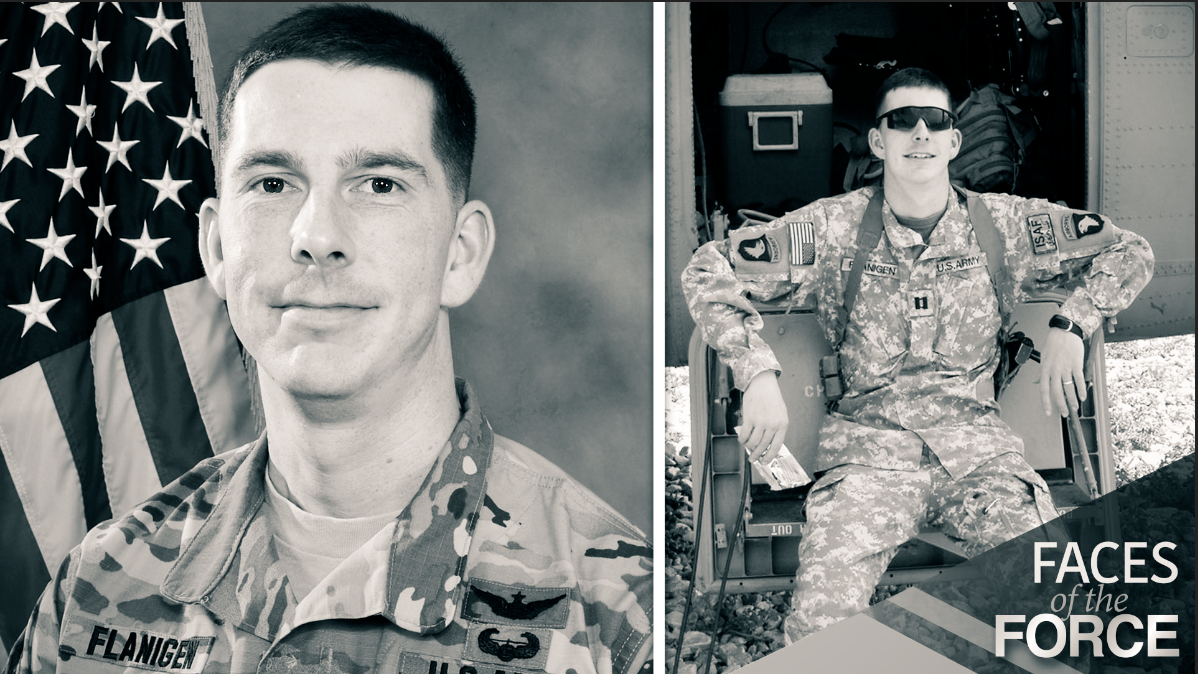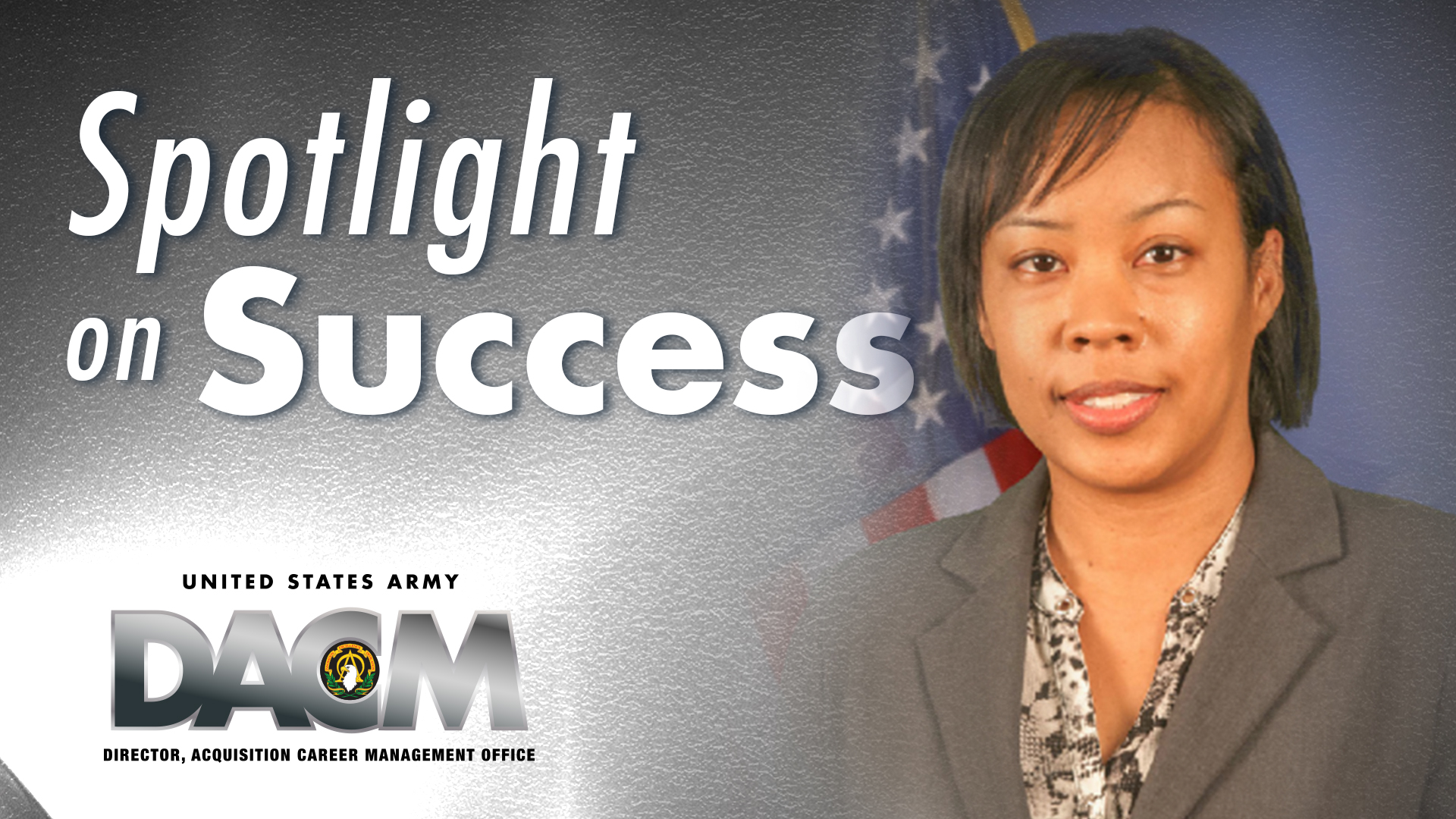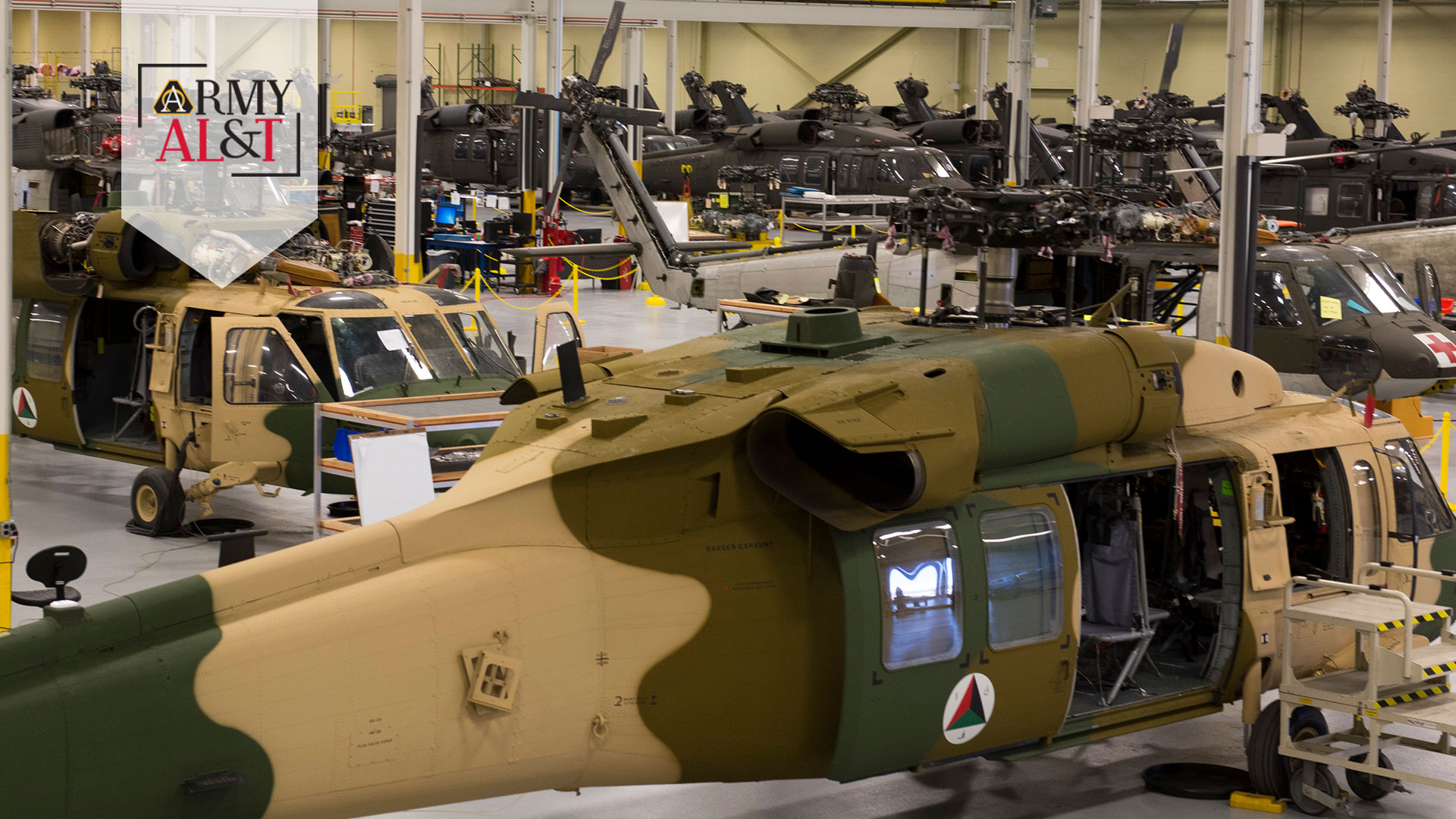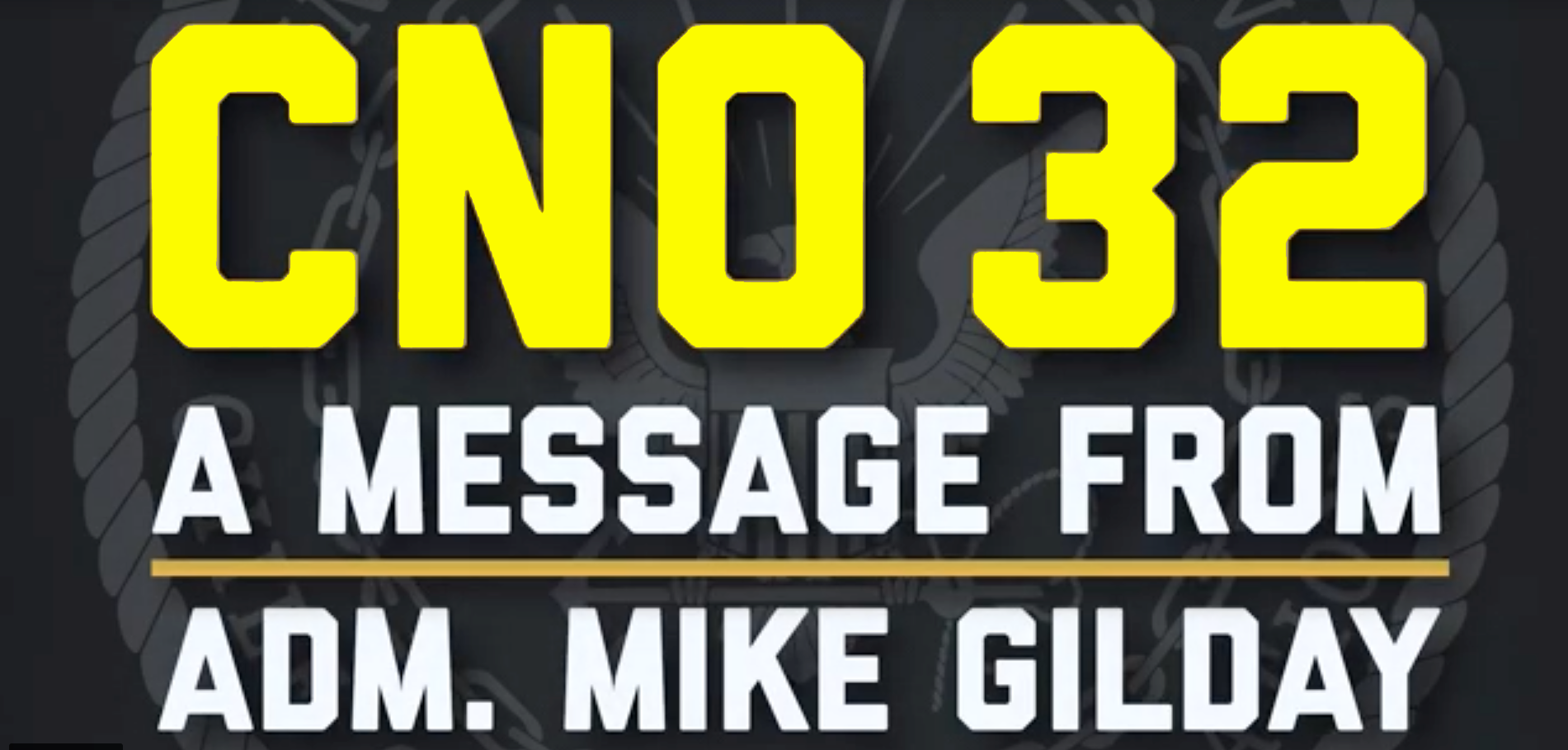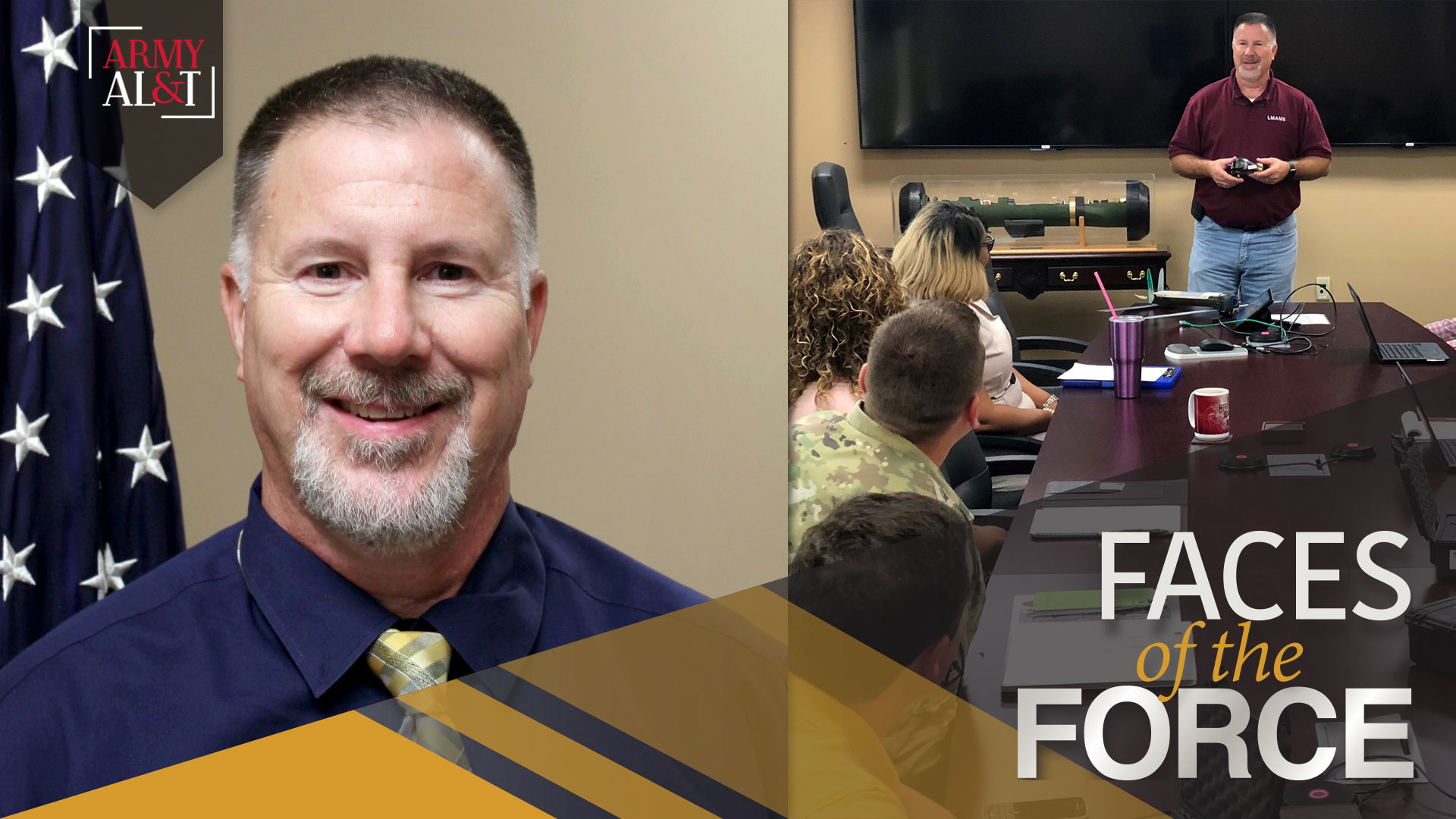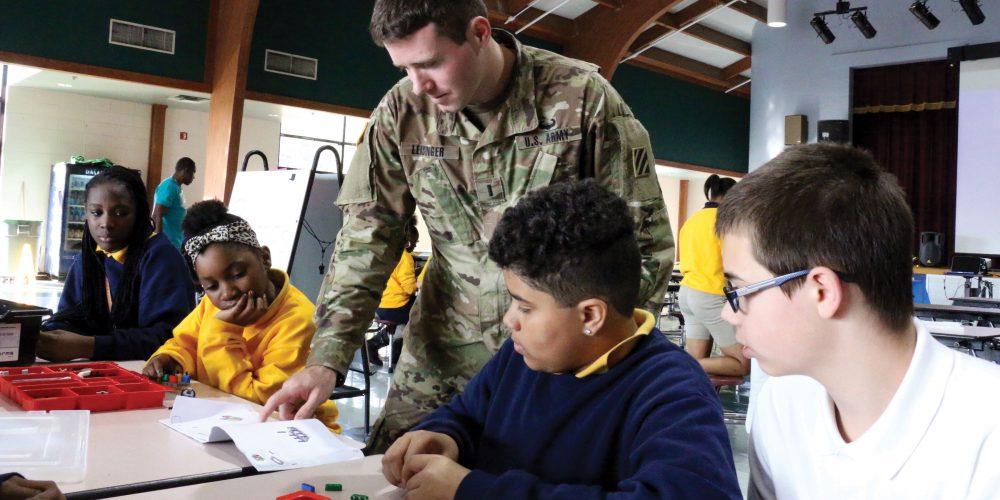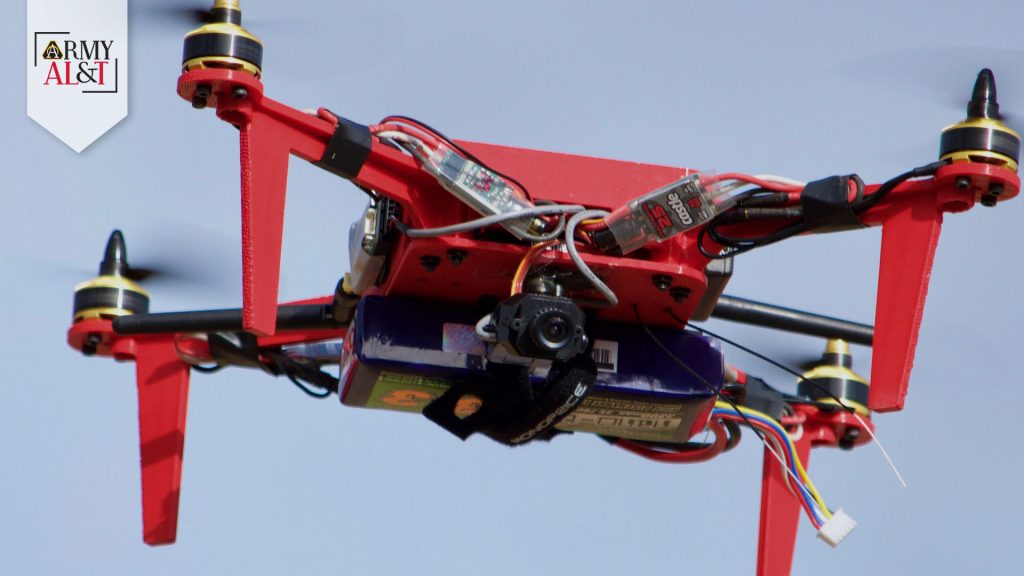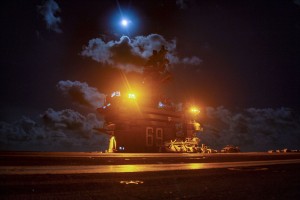
Experts at ARL are looking deep into the science of the future battlespace and trying to answer questions that have no simple answers, such as how to deliver the power of a tank without a tank.
by Dr. Frank Fresconi, Dr. Scott Schoenfeld and Dan Rusin, Lt. Col., USA (Ret.)
The notion of winning in a complex world requires envisioning a battlefield that is so complex and multidimensional that, more often than not, it’s referred to as a battlespace. With good reason: The kind of warfare that the Army must prepare for, and for which experts at the U.S. Army Research Laboratory (ARL) at Aberdeen Proving Ground, Maryland, are developing new technologies, would include everything from the most conventional kinds of warfare, to electronic warfare, to warfare that employs technologies not yet invented.
To understand the difficulty of the questions that the Distributed and Cooperative Engagements in Contested Environments program is trying to answer, imagine a foreign city under siege. The city is in a NATO country that adjoins a hostile power. That hostile power invaded and took over the city months ago, and now it’s the Army’s job to help our NATO ally dislodge enemy forces and take back the city. The adversary has had plenty of time to dig in and fortify its positions. In addition, it has deep influence on both the electric and electronic infrastructures.
This is a city in a friendly nation, so the Army wants to damage enemy capabilities without devastating the city, which is important to the global economy. Soldiers need to be smart for this to work, and so does nearly every bit of their equipment.
Yes, smart equipment.
If Soldiers are denied global positioning systems, they will have to navigate under pressure. Tanks might not fit within the infrastructure of this environment. So, if the force requires a tank’s capabilities, they’ll have to come from something other than a tank.
If Soldiers require artillery, but conventional artillery conflicts with civilians in close proximity, they will have to find something that can provide the effects of artillery without artillery.
ARL is developing the technologies to fit a set of tools that will be smarter, more aware, connected and autonomously collaborative. These interconnected weapons will operate along the lines of shared sensing, computing and navigating, with the goal of delivering the battlefield effect by actually using fewer but more precise, smarter, warheads.
A COMPLEX FUTURE
ARL uses defense high-performance computing, advanced computational fluid dynamics and other techniques to model aerodynamic interactions. Future engagements will likely employ weapons that incorporate advances in propellants and aerodynamics to allow them to maneuver and change course based on a commander’s guidance. (SOURCE: ARL)
A NEW VOCABULARY
To understand the new battlespace, it helps to understand some of the concepts, both old and new, that ARL is working with, because in the future we may look to provide new ways to deliver existing weapons to oust an enemy. Soldiers may be effective in one case by using one weapon directed at a single target, and, in other cases, by delivering artillery shells that loiter over an area and mass until needed. Position, navigation and timing will be key in overcoming challenges. The outcomes, or effects of future warfare, will need to be both kinetic and nonkinetic. Use of a precision missile would deliver the kind of physical damage that is common in warfare—a kinetic effect. A less traditional, nonkinetic effect would be knocking out an enemy’s communication system.
Kinetic and nonkinetic assets of the future will be networked and able to collaborate at scale. The landscape of battle that we expect will expand beyond the mounted and dismounted Soldiers to which we have grown accustomed, and will include robots of different shapes and sizes. The interesting, complex and, as yet, nonexistent nonkinetic effects that will have a major impact could include electronic warfare assets dispersed in the battlespace by Soldiers, small unmanned aerial vehicles or munitions with varieties of electronic payloads.
Military leaders have indicated that future fights could be waged with weapons that will take orders from unit commanders and then, after launch, would have to “talk” to each other on the fly, figure out what to do, and make course corrections according to the changing position of the enemy or intelligence. These are just some of the difficult scenarios that ARL grapples with. Another issue is adapting to a common operating picture.
SETTING THE SCENE
To achieve the upper hand on a battlefield that’s expected to be complex and multidimensional, ARL is developing interconnected weapons that will incorporate advances in shared sensing, computing and navigating. (Image by Evan Jensen, ARL)
HARD QUESTIONS
The U.S. intends to defeat near-peer adversaries who have had time to establish themselves in a foreign city. Scientists prepare by taking a hard look at how to deliver firepower to difficult targets in places that are farther away. Can we deliver artillerylike effects without an artillery cannon? What else can we put in the weapon round to make it infallible? Can weapons talk to each other on the fly? Can these collective communications be made to resist misinformation?
To address these questions without clear answers, we have to think in terms of the outcomes that will best serve combatant commanders. For instance, scientists are taking steps to design approaches to disable enemy equipment that is fixed, hiding, moving or attacking at a high rate of fire and volume.
The U.S. must recapture overmatch and avoid technological surprise by empowering Soldiers with the capabilities of a main battle tank, empowering squads with the full flexibility of combined arms and empowering armored brigades with full freedom of maneuver in the most challenging environments.
Our intention is to develop the science to enable battlefield assets to be effective in dispersed positions. This requires weapon systems that communicate with one another, make autonomous decisions and maneuver to provide desired effects. By combining various weapons over the distributed battlespace, working together to provide the right lethal or nonlethal effects on target, Soldiers will deliver fewer high-explosive rounds that are more precise.
THE HURDLES WE FACE
Technical gaps exist between the desired and current states of U.S. land forces’ capability to implement distributed and cooperative engagement in contested environments. ARL improves the odds of technological success by identifying technology gaps and conducting basic research from the earliest stages of the technology life cycle.
Here are four known barriers to realizing the capability:
Navigation: Navigation is the fundamental feedback required to deliver weapons on the battlefield. Advances in weapon navigation are hindered by technical limitations associated with algorithms, sensing on dynamic vehicles, real-time processing, cost and extreme weapon dynamics. Some weapons are subject to accelerations 100,000 times the acceleration of gravity from being launched to speeds four times the speed of sound. Other weapons are spun thousands of times per second to maintain flight stability—to fly accurately on a line to the target and not tumble over. ARL predicts that future technologies will face challenges against threats such as jamming, spoofing, camouflage and decoys, radar or laser warning receivers and active protection. The performance degradations that come with counterattack will be amplified if the enemy has numerical superiority in troops, platforms and weapons.
The strategy of this research is to use multiagent collaboration to address these threats and technical gaps. Multiple dispersed entities equipped with varied, low-cost components can gather the navigation information required to deliver the weapons in a contested environment where a single, high-cost weapon may fail. For instance, six or 12 smaller lethal agents packed into a transport carrier may be less expensive than a $1 million missile. One approach is to use many “dumb” weapons that would take orders from a “sophisticated” parent that would in turn communicate back to the war-fighter and the network of sensors.
The focus of navigation research is on strong, robust software algorithms. New software algorithms that are able to perform in uncertainty, and despite denial, deception and misinformation, will be able to share appropriate information for group action. Several approaches are being developed and implemented on real-time processors with associated components for concept demonstrations that overcome these technical barriers, including:
Image processing algorithms to identify friend from foe. In the past, these algorithms used rigid models. However, recent advances in machine learning techniques may enable these algorithms to detect and classify complex targets more powerfully.
Communication between weapons and networked assets to rapidly share information and coordinate massed effects in the battlespace. Scientific insights must be gained into communications to overcome limitations in the amount of information that can be shared and to protect information from adversarial intent.
Algorithms to fuse sensor data (e.g., images from a camera and inertial measurement tools such as those used in cellphones) from different weapons and determine the critical information for autonomous group decisions within a short timeline as a weapon is flying toward the target. The current state of the art relies heavily on linear models for a single weapon, but research will improve performance by focusing on incorporating nonlinear behaviors of the threat and extending the techniques to multiple weapons.
In the same way that many eyes looking out of many windows from many vantage points can give a total composite picture, we can combine the sight-picture of several weapons as they approach the target to provide a better solution. ARL is leveraging the ongoing revolution in the microelectronics industry that aims to reduce size and cost and improve the performance of real-time processing and sensors in the weapons environment.
Each of these complicated weapons comes with its own additional challenges, such as the need for power. As new sophisticated electronic components are developed, they must be made rugged for flight or ballistic delivery. They also must use tiny amounts of power. Further, while all these weapons will demand much less power than today, some of the “parent” weapons will have to have more computing capability on board for communications and processing.
Maneuverability: We want to develop one weapon that flies like an airplane most of the way and then performs like a precision bomb at the last second. This may mean turning very quickly and actually changing the shape of the aerodynamic parts while flying. Maneuverability enables extended-range engagements by using glide aerodynamics, the interception of moving targets, the evasion of defensive suites and favorable shaping of the terminal approach. This would allow new U.S. warheads to strike dug-in targets, effectively hitting targets on the far side of obstacles from multiple directions. We will be able to hit the back of enemy fortifications or fly the weapon into doors or tunnels. Hardening for the weapons environment and reducing the size and cost of technology for maneuverability to allow more precision engagement means less ammunition will be fired. Increased battlefield effectiveness will come from smaller, more precise weapons that talk to one another. For the warfighter, having maneuverable weapons means that their truckload of ammunition will last longer, do more and require resupply less often.
For larger, fast-moving artillery or missiles, knowledge gaps inhibit our ability to predict and characterize controlled flight for maximal maneuverability. Additionally, we lack the technology to outmaneuver threats while subjected to the extreme environment. Research is specifically designed to find weapons that fly farther, faster, with more precision and maneuver control to penetrate an enemy’s increasingly complex network.
ARL is solving several problems of very fast flight. For instance, when very fast bodies fly near each other, the air vortex can sometimes cause individual rounds to remain very close or impact each other. This is undesirable, to say the least. The science that ARL will develop will include optimal flight vehicle design using an understanding of close-maneuvering aerodynamics.
This understanding will be demonstrated using small weapons carrying launch-hardened components, flying from subsonic to supersonic speeds with the ability to drastically change shape in adapting to emerging conditions. This morphing weapon will have to make its own last-second decisions based on complex rules governed by a simple interface that the warfighter controls.
Modular and scalable lethality: Cooperative weapons will require efficiencies and mechanisms for concepts that execute cumulative lethality. We envision that individual munitions in the flight group may not carry similar payloads; these payloads may be significantly reduced when compared with conventional payloads with strikes that are sequenced for multiple impacts. As such, we need to carefully understand the variety of lethal mechanisms and the sequencing of impacts to provide effects against dismounts, protective structures, aircraft, tactical vehicles, hardened combat platforms and even adversarial inbound munitions.
Sometimes what’s needed is a really big bomb. But more often, a more precise approach with smaller explosions is preferred. ARL’s computing expertise and its interaction with other DOD laboratories are very important here. The ARL team is fully linked with other groups of DOD scientists to develop the models, simulations and computational codes required for success.
Protection: Weapons need protection against an enemy who will be fighting back. Kinetic, directed electromagnetic and electronic mitigation of a peer adversary is part of the solution. To fight in the future battlespace requires the assessment of an unpredictable enemy, but one who has similar peer technology. Our systems must be able also to attack and defeat their systems, which are also increasingly electronically complex, highly maneuverable and guided by autonomous programs.
As our weapons head to the target, the enemy will be fighting back. Our weapons will have to perform very fast evasive maneuvers and generate their own force field or “cloaking-device,” because the enemy will be defending its site with anti-aircraft or anti-artillery-type defenses. These are all extremely hard science problems.
Crippling blows of the future will rely on a small number of dispersed entities to deliver overwhelming kinetic and nonkinetic effects by combining omni-speed, radical maneuverability and navigation in contested environments and efficient payload-kill mechanisms. Omni-speed and radical maneuverability depend on long-range advances in propellants and aerodynamics so that a weapon can maneuver and change course based on a commander’s guidance. Navigation of teams of projectiles will require each round to be able to communicate with the collaborative munitions on the team while on the path to the target.
Experts at ARL are looking deep into the science of the future battlespace and trying to answer questions that have no simple answers, such as how to deliver the power of a tank without a tank.
CONCLUSION
Through the fundamental research program at ARL, scientists dig into problems and move beyond the least likely approaches, in search of the one or two solutions that advance the technology through the Army’s research and development engineering centers.
The benefit of the Distributed and Cooperative Engagements in Contested Environments research is effects that can be deployed either mounted on a vehicle or carried by dismounted Soldiers—consistent value regardless of what munitions it takes to deliver a desired outcome. Such future engagements will involve cooperation among munitions on the attack path and communication with warfighters, who will continue to retain ultimate control. These highly intelligent weapons will combine effects and mechanisms, maneuver and make high-speed robust decisions.
All these efforts underway in ARL’s research program combine electronics, energetics, propulsion, navigation and other technologies to cooperate in the battlefield of the future, and provide technology to the warfighter on the line and on time.
For more information, contact Frank Fresconi at frank.e.fresconi.civ@mail.mil; Scott Schoenfeld at scott.e.schoenfeld.civ@mail.mil; or Dan Rusin at daniel.s.rusin.civ@mail.mil.
FRANK FRESCONI is the research lead for guided weapons technology at ARL. He leads a multidisciplinary group in applying experimental, numerical and theoretical tools to enable guided weapons. This research has produced contributions to the state of the art, including the first successful guided flight of indirect fire. He holds a Ph.D. and an M.S. in mechanical engineering from the University of Delaware and a B.S. in mechanical engineering from Bucknell University. He is a member of the American Institute of Aeronautics and Astronautics.
SCOTT SCHOENFELD is the senior scientist for the Lethality and Protection Sciences Campaign at ARL. He is responsible for planning, direction and oversight of theoretical and applied research and development of programs associated with ballistics, terminal effects, mechanics, directed energy and computational science and engineering. He holds a Ph.D. in applied mechanics, an M.S. in mechanical engineering and a B.S. in structural engineering, all from the University of California, San Diego.
DAN RUSIN, LT. COL., USA (RET.), serves as the U.S. Army Research, Development and Engineering Command lethality portfolio staff integrator, where he monitors lethality portfolio investments. He holds an M.S. in computer science from the Naval Postgraduate School and a B.S. in mechanical engineering technology from Temple University. He is Level III certified in program management, in test and evaluation and in science and technology management.
Words of Future War
Kinetic: Traditional explosive weapons that physically damage things.
Nonkinetic: Novel effects that stop electronics, disturb sensors or influence people.
Distributed: Multiple sensors, multiple warheads of various types, at several locations.
Collaborative: Cooperative computing, distributed computing, sharing information.
Contested: Enemy actions to retaliate, such as jamming or anti-aircraft/anti-artillery.
Effect: The physical or behavioral state of a system that results from an action.
Even these words are novel and in development. Many are not even included in the DOD Dictionary of Military and Associated Terms at http://www.dtic.mil/doctrine/new_pubs/dictionary.pdf.




